Sweet And Juicy – OVC Vacuum Tube Headphones
OVC Headphones are a unique thing, a headphone that has an active Tube Amplification built inside the headphone itself. There are a ton of competitors in the 300 USD price range, which is supposed to be their price at the moment of writing this review, so they will be compared to Meze 99 Classics, Verum One, and Beyerdynamic Amiron as the main competitors for this review.
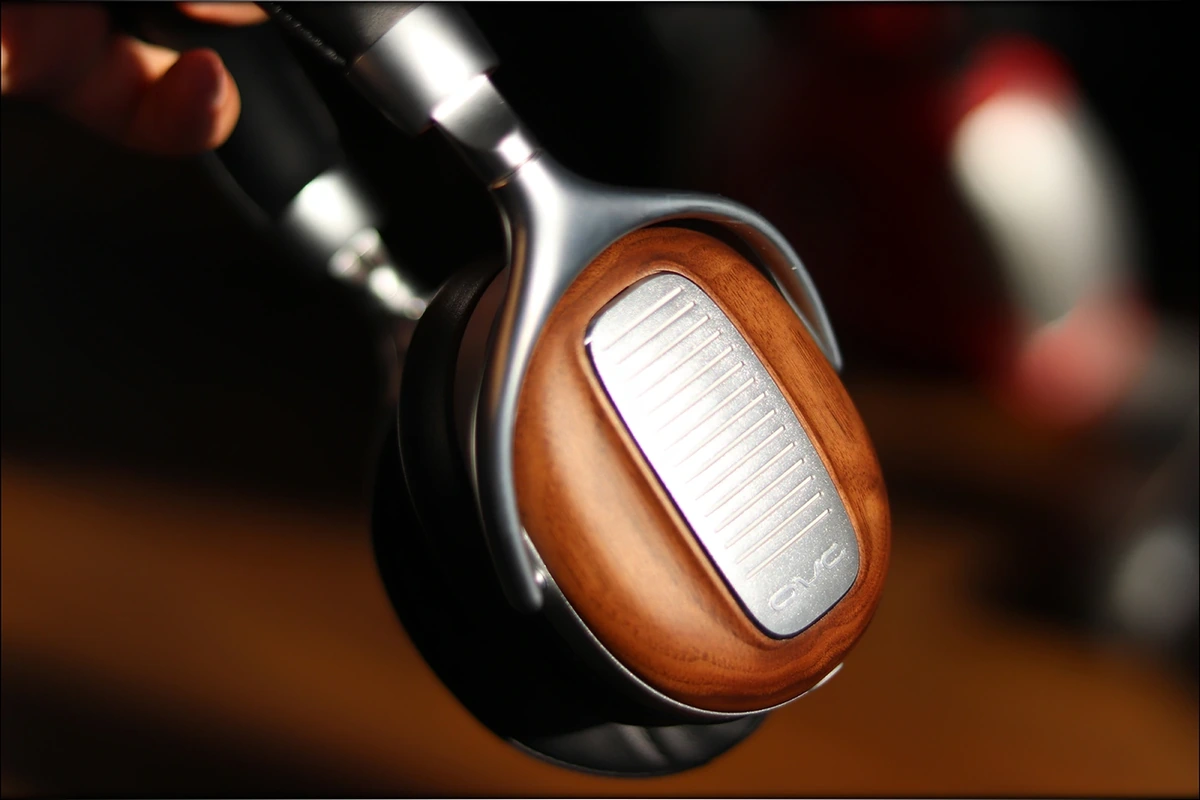
Introduction
OVC is an entirely new company, as far as this standalone branding goes, and they have been working on a pretty interesting product, a headphone that comes with a tube amplifier built inside the headphone. There are a ton of questions that will be answered throughout this review, but when it comes to how reliable the company itself is, since it is a very new company, it is hard to say for sure, but so far I can tell that they are serious, they take their products, and especially the sound of their products quite seriously, and that I’d expect them to provide excellent warranty that will make them last the test of time.
It should be noted that I have absolutely no affiliation with OVC, I am not receiving any incentive for this review or to sweeten things out. This review is not sponsored nor has been paid for by OVC or anyone else. I’d like to thank OVC for providing the sample for this review. This reflects my personal experience with the OVC Vacuum Tube Headphones. Every opinion expressed is mine and I stand by it, the purpose of this review is to help those interested in OVC Vacuum Tube Headphones find their next music companion. For the sake of making this review easier to read, the name of this headphones will also be referenced as simply “OVC Headphones”.
Youtube Video
https://www.youtube.com/watch?v=8_7fKQNwGB4
Packaging
First things first, let’s get the packaging out of the way:
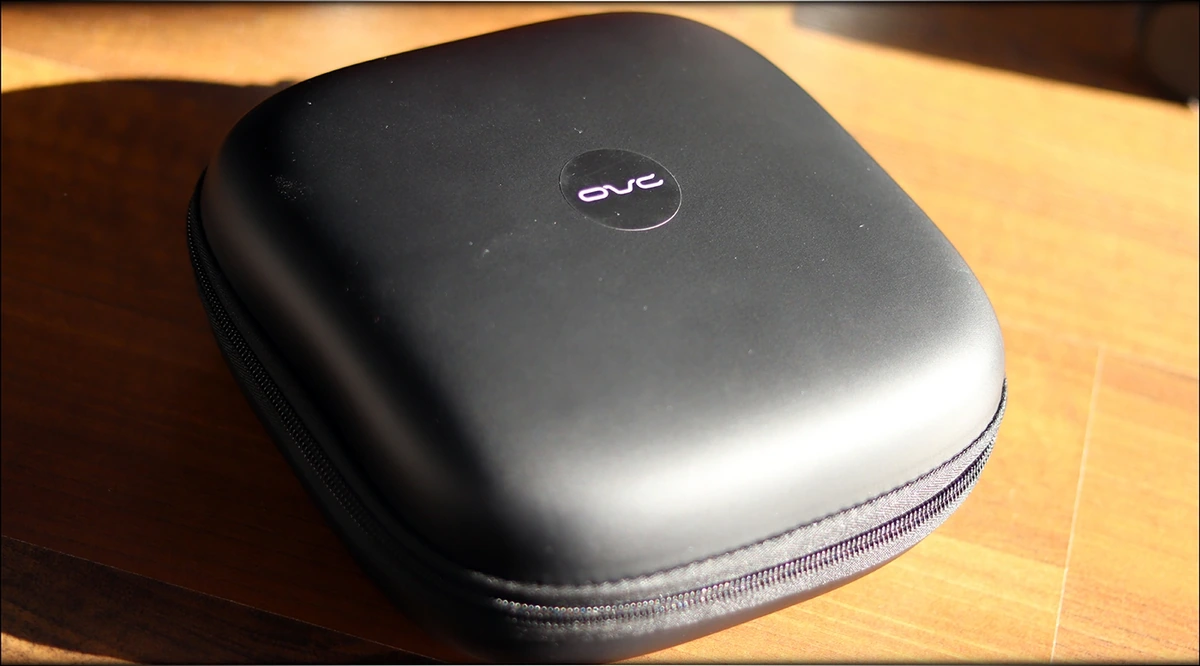
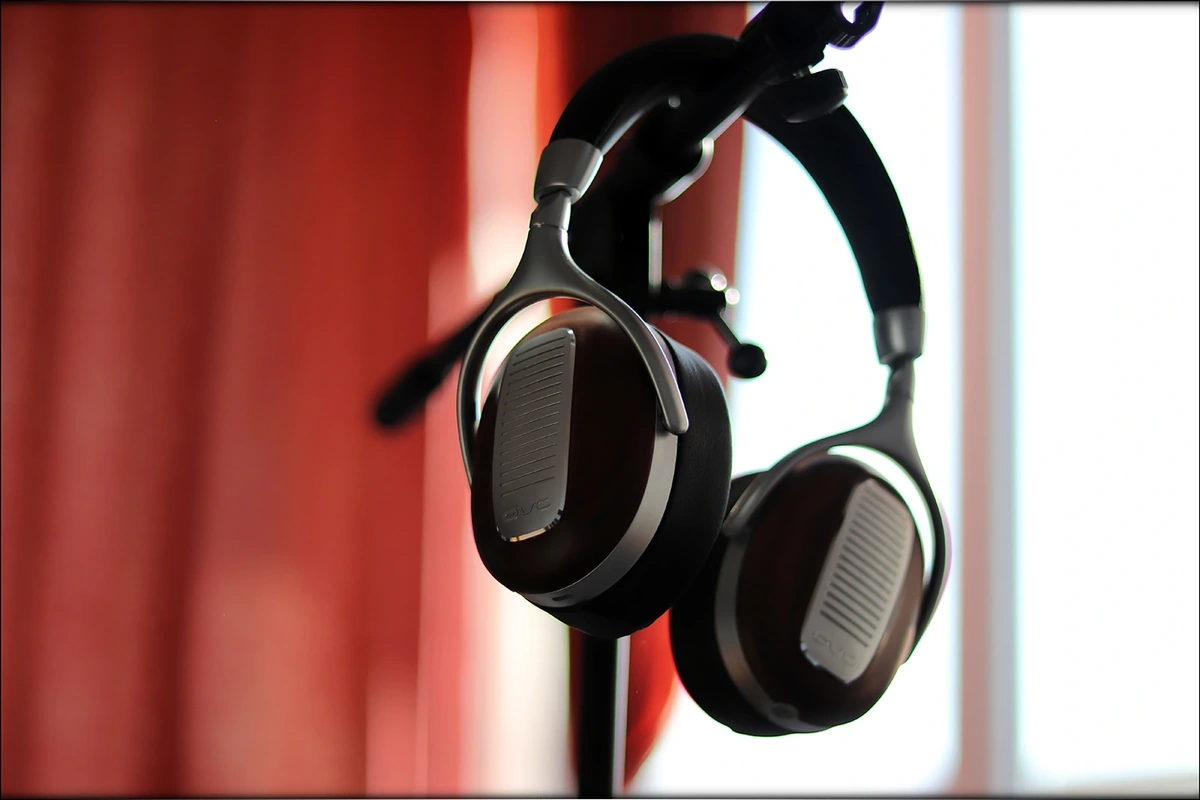
So, here, the funny thing is that the OVC Headphones are something that did not come with a package, they came pretty much in their carrying case, and that was all. But this is because they are a pre-production sample, and the final units will also come with an official package, which I can’t talk about yet as I’ve no idea how it looks like.
My unit came with the carrying case, and with a 3.5mm audio cable, pretty much everything you’d require to enjoy them.
What to look in when purchasing a midrange headphone
https://www.audiophile-heaven.com/p/what-to-lookl.html
Technical Specifications
• Frequency response :10 Hz -45 kHz
• Headphone driver impedance : 300Ω
• S/N >90 dB
• THD < 1%
• One push button for power on/off and 3D selection
• Input terminal :3.5mm stereo mini jack with interlock
• Play time: approx 8 hours
• Power supply : Rechargable Li-pol
• Weight : 325 g
Build Quality/Aesthetics/Fit/Comfort
So here the fun starts, because there are a ton of questions about those headphones, which are like a Unicorn of sorts in the world of headphones.
The first point, about their build quality, they are made extremely solid. Like, the hinges are very open and swing quite freely, but they feel trustworthy and you never feel like you will need to baby those headphones.
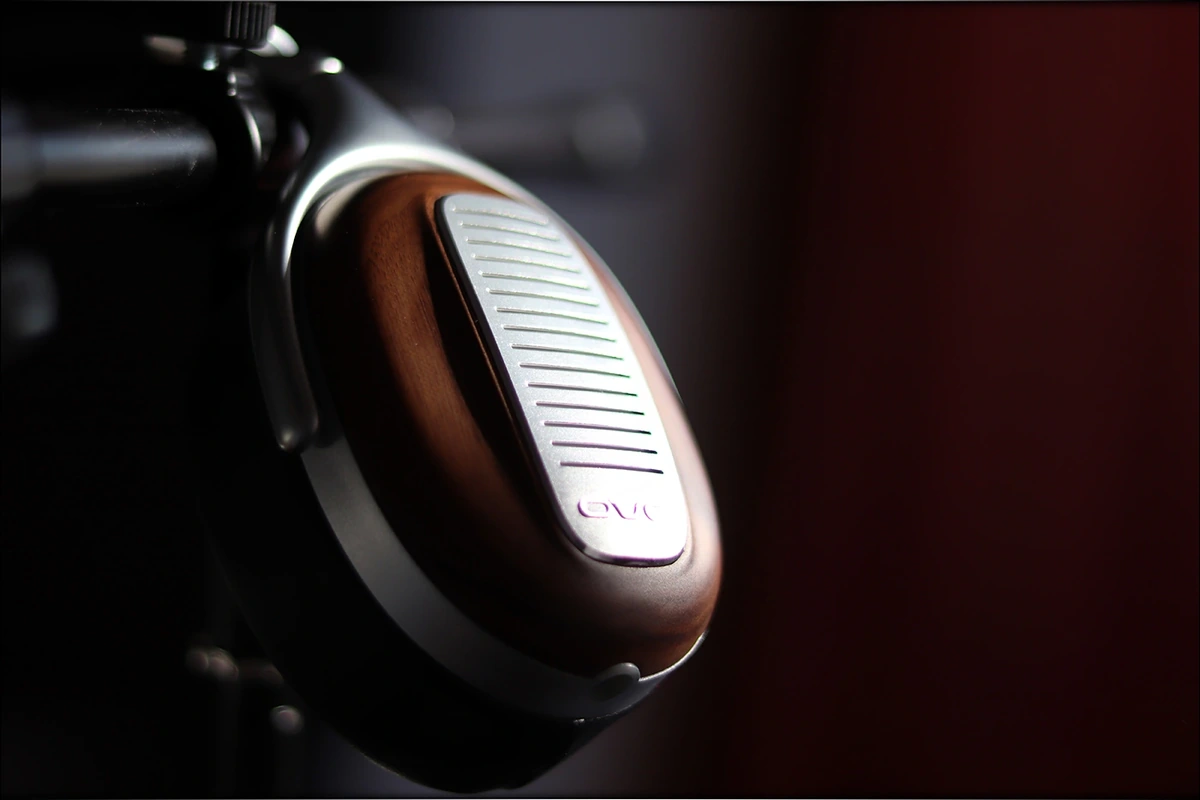
They also look pretty snazzy, they are pretty cool, they have that wood in the cups, along with the space where the Tube is supposed to go. There is a light that goes on when the Tube is engaged, but my guess is that light has nothing to do with the tube, because the headphones do not get extremely hot, and if you ever touched a tube while in work, you’d know that you probably wouldn’t want a tube inside a headphone.
So, the thing is that the tube inside the OVC Headphones is most probably a Nano Tube, similar to the NuTubes within the AMP9 from iBasso for their DX220 and DX200. This would make a lot of sense since like that a little battery could power the tube, and that would explain why the headphones are not melting on your head. Jokes aside, they get ever so slightly warmer while the tube is engaged, but not by a big margin, and you’re likely to not even notice.
The overall comfort is pretty much excellent, the headphones are not overly heavy, at 325 grams being some of the lighter headphones out there, and with really soft earpads, they feel like pillows on your ears. This is also an issue, as those won’t sit very tight on your head and they are not made for running and will serve well at most for light walking.
They are made to be Over-The-Ear, and the cups are large enough to be over-the-ear for most people, they sit nicely on my head and I don’t feel wearing fatigue after having worn them for an hour or two. This being said, the headband could have used a bit more padding, and I suspect that for most listeners the headband will become uncomfortable way before the earpads and the cups will.
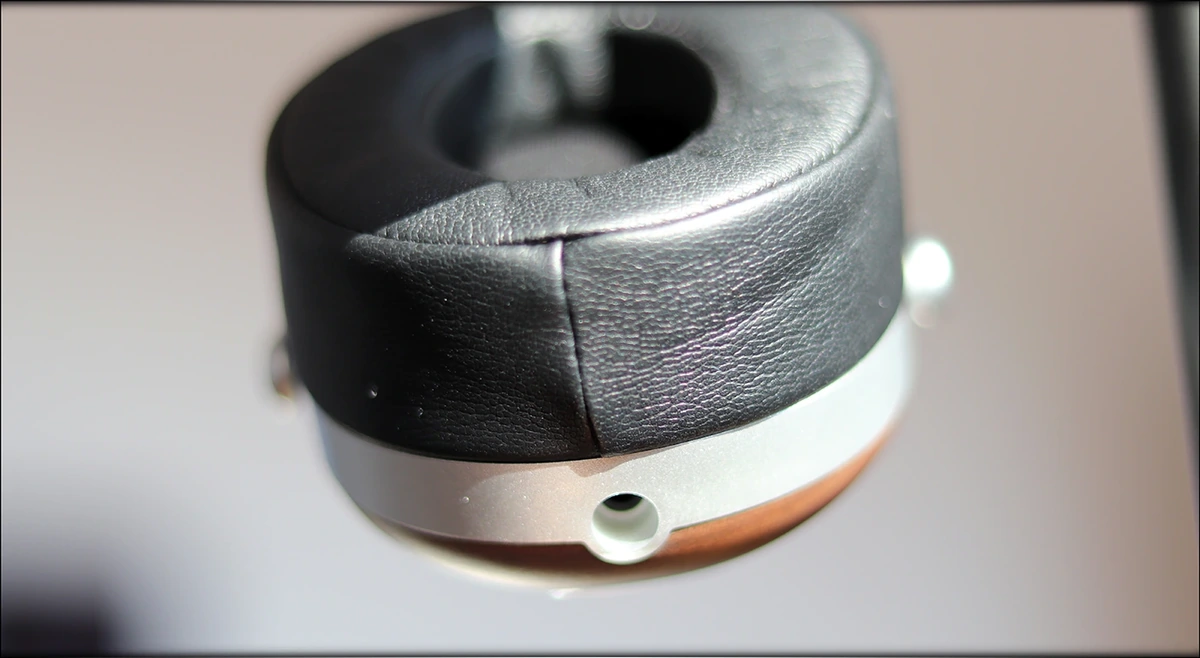
The battery life quoted by OVC is fairly accurate, as about 6-8 hours of music playing is what you should expect from the OVC headphones, depending on how loud or quiet you’ll want to listen to them.
The 300 OHM rated impedance is a bit much, and so is the rather low SPL of 90 dB compared to how easy they actually are to drive, but since there is an amplifier stage engaged while the headphones are turned on, it makes sense that they have a high impedance to filter the power from the amplifier.
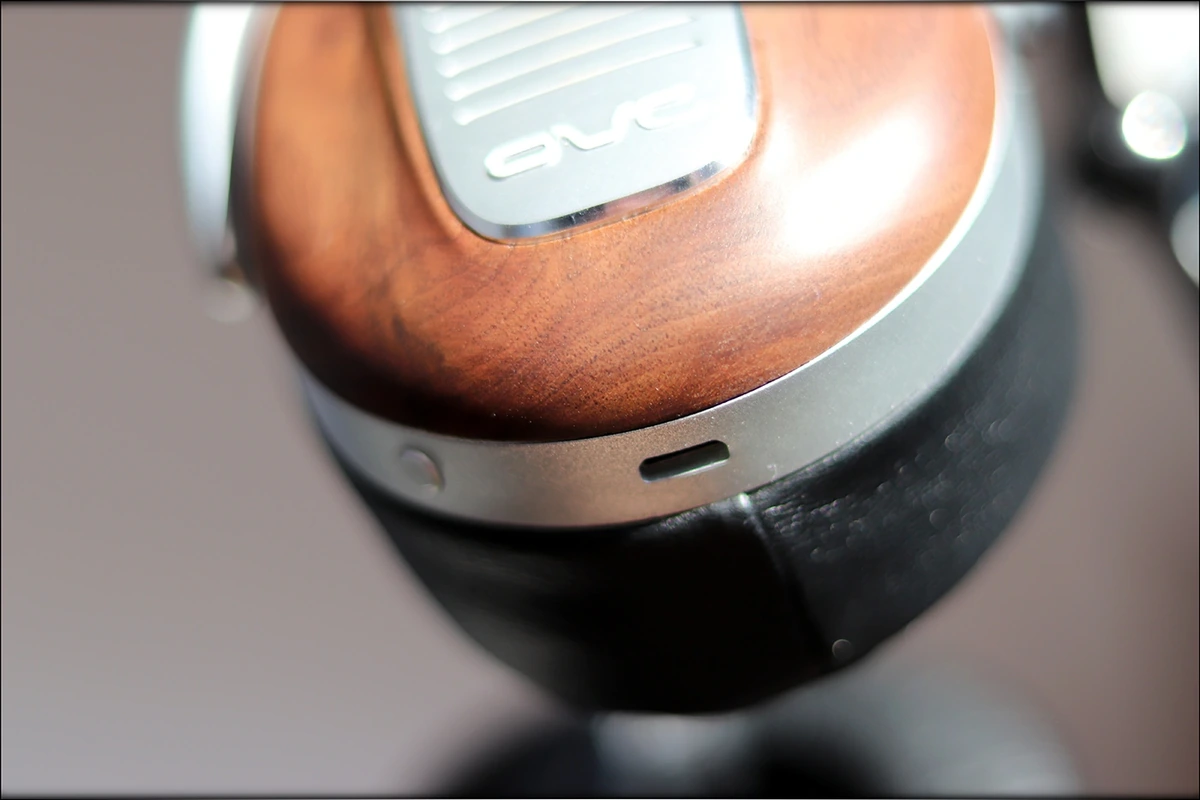
Overall, they feel like they are built quite excellent, they feel comfortable, they don’t get overly hot, the earpads feel nice to the touch and are soft, the headphones are light enough to be comfortable, but this also means that this is not made for running or jogging, so keep in mind that they will be more on the comfy and relaxing side rather than on the tight side.
Sound Quality
A very big point here is that they sound their best while they are turned on. It is hard to say exactly what is engaged while they are turned on, and I couldn’t get to disassemble them easily, so I hadn’t taken a look inside to tell for sure what exactly they engage, but the sound is much much better while they are turned on, and while their Tube or some kind of DSP does the magic, it really is better. A combination of both DSP and a NuTube Amplifier stage is the most likely scenario and as far as I understood from my mails with OVC, this is the case.
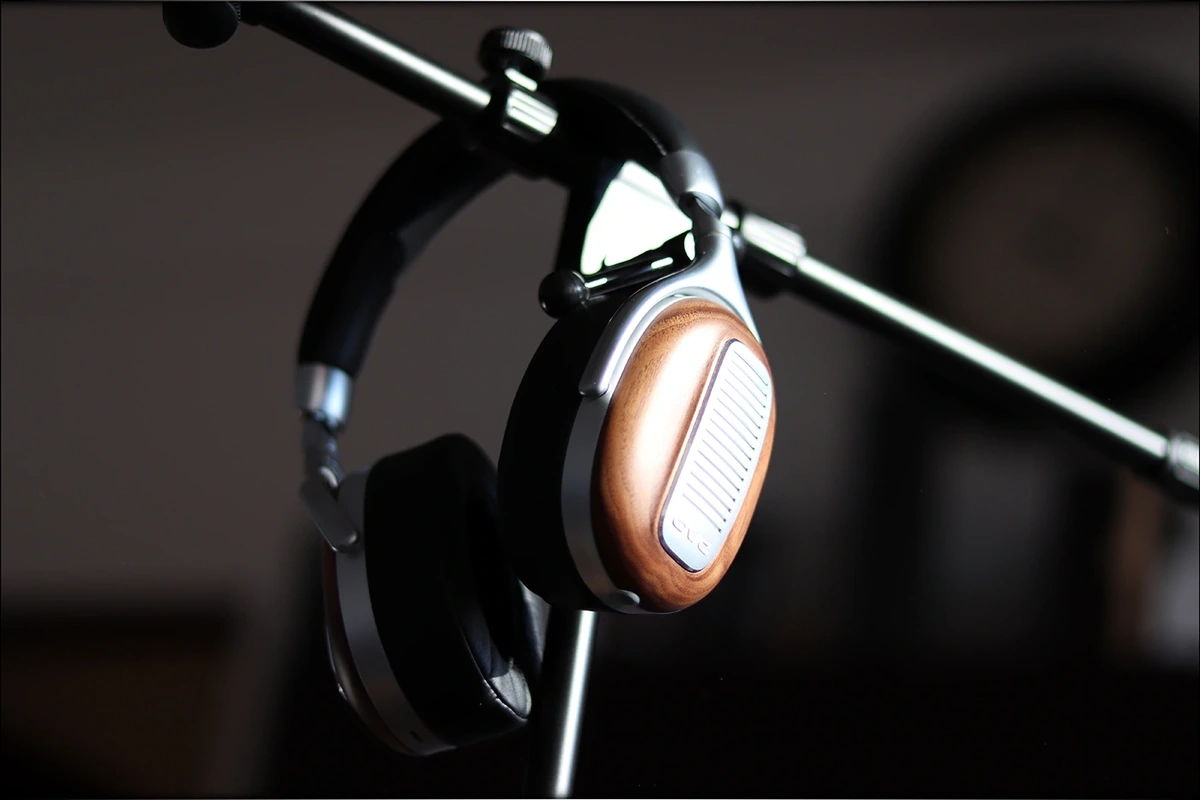
Now, the important part, the sound. I’ll only be reviewing their sound while their own Tube Thingy is turned on, because this is where the interesting part is. With the Tube Thingy turned on, the OVC Headphone sounds extremely controlled, very sweety and musical in the midrange, and quite sparkly and engaged overall. They are moderately V-Shpaed in general, they have good dynamics, a fairly good punch, and overall they make an impressive 300 USD killer headphone in terms of both soundstage and imaging.
Now, if you are curious, if you keep their Tube feature turned off, they sound quite flat and remind a lot of how Meze 99 Classics sound without any EQ applied, although they are less boomy and have less bass and less upper bass than Meze 99C regardless of whether their Tube feature is turned on or not.
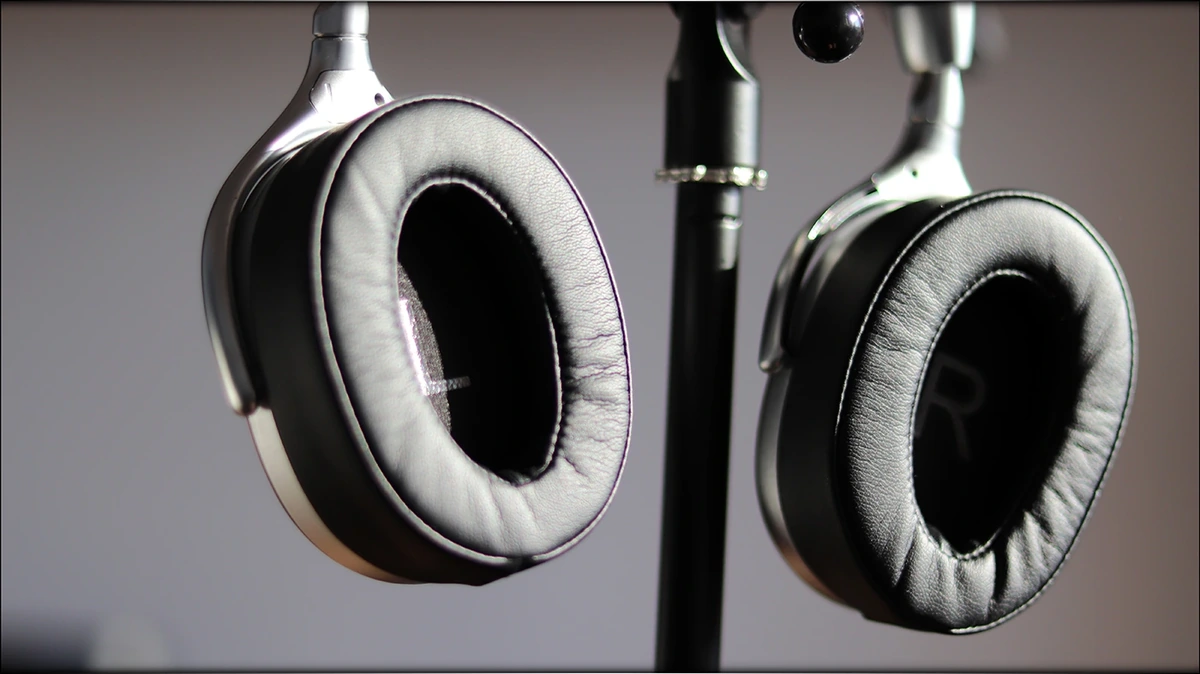
Starting with the bass, it is a pretty fluid bass, that reaches quite low, but also has a nice amount of punch and impact. The quality is pretty appropriate for their 300 USD price tag, and I can’t say they feel like they are neutral, instead, they have a knack for a more meaty sound. This comes in very handy with both EDM, Metal and Pop Music, but also with Classical, where instruments have proper body and don’t feel thin. The bass is fast enough for most music, but you may want a slightly quicker bass for Technical Death Metal.
The midrange is where the magic is at with this headphone, basically, they sound really sweet and musical, especially when the Tube feature is turned on. They sound very vivid and although the soundstage is not the widest, it provides a very fair amount of space, especially compared to most 300 USD headphones. The instrument separation is also quite good, but when I’m talking about the midrange of the OVC Headphones, the thing that I want to point is that it is very liquid, music simply flows, they don’t feel congested or nasal, instead they feel very natural, with a very good tonality and overall, they feel sweet. This means that they will work very well with most music, but something like black metal may be too musical and too sweet, and the same can be said about very aggressive music, the OVC Headphones being made to be enjoyable rather than absolutely honest. The upper midrange has a nice emphasis that makes both violins and female voices sound emotional, but it isn’t enhanced enough to turn metallic or mature, instead it stays within what I’d call Juicy.
The treble is pretty sparkly, and it extends well in the higher registers, but it doesn’t place a high tax on your music, so you don’t have to be afraid if you have music that is older, or which is recorded with less quality, the treble won’t become harsh or sibilant, they are sparkly enough to be interesting and engaging, but they aren’t bright nor harsh. In fact, this is one of the most balanced overall presentations I heard in this price range, considering that they sound pretty close to how Meze 99 Classic sounds after applying the EQ I recommend, so the entire treble has enough sparkle to sound good with Metal music and to render Cymbals nicely, but they are far from being bright or too sparkly.
Overall, if you’re looking for a headphone at about 300 USD that has a pretty musical overall tuning, the OVC Headphones surely don’t disappoint. The word juicy could be used to describe the way the mid is presented overall.
Portable Usage
When it comes to the portable usage of the OVC Headphones you may be wondering how good they are in a winter or in a summer day.
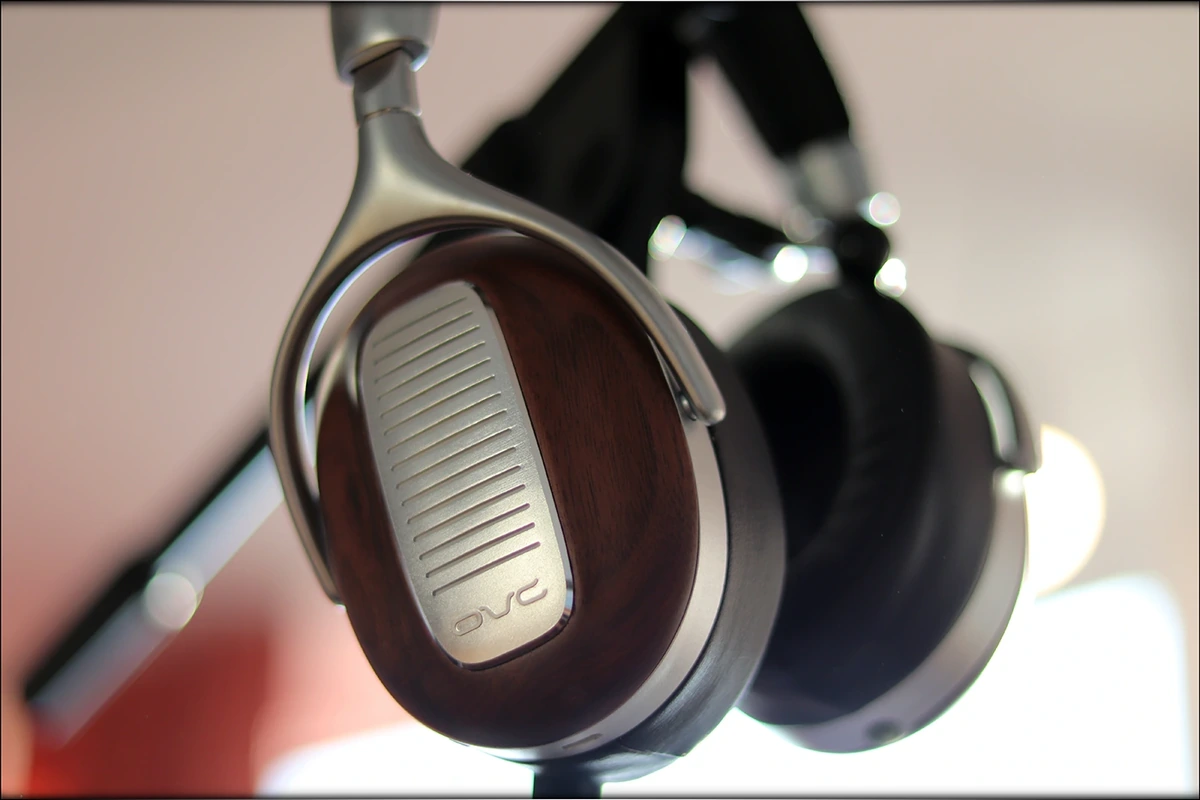
Now, this is a good question, because although they don’t get hot from the amplifier parts inside, the earpads are a bit on the warm side, and overall, the OVC Headphones do tend to be warm. This means that they’re a delight to be worn during the Winter, but you may feel quite warm if wearing them in full blown summer. This is true about most headphones though, even about most open-back headphones, and if the weather outside is about 30 C, you can expect any headphone to get warm, including Sundara, which I typically use for my walks.
The cable is pretty nice, they get a bit of cable microphonics, but not a lot, so you don’t have to worry about the cable brushing against your clothes or skin, but if you hit the cable the microphonics will be heard.
You can use them for about 6 hours if blasting the OVC at full volume, and they do get loud enough in that preset to satisfy most listeners, so the battery life is fairly good, and you don’t have to worry about it, and if you don’t blast them at their loudest, they should be good to go for even longer. This is not a Bluetooth Battery Life, but the battery life of their amplifier. There will be a Bluetooth version coming along later, as OVC have stated that they’re working on one.
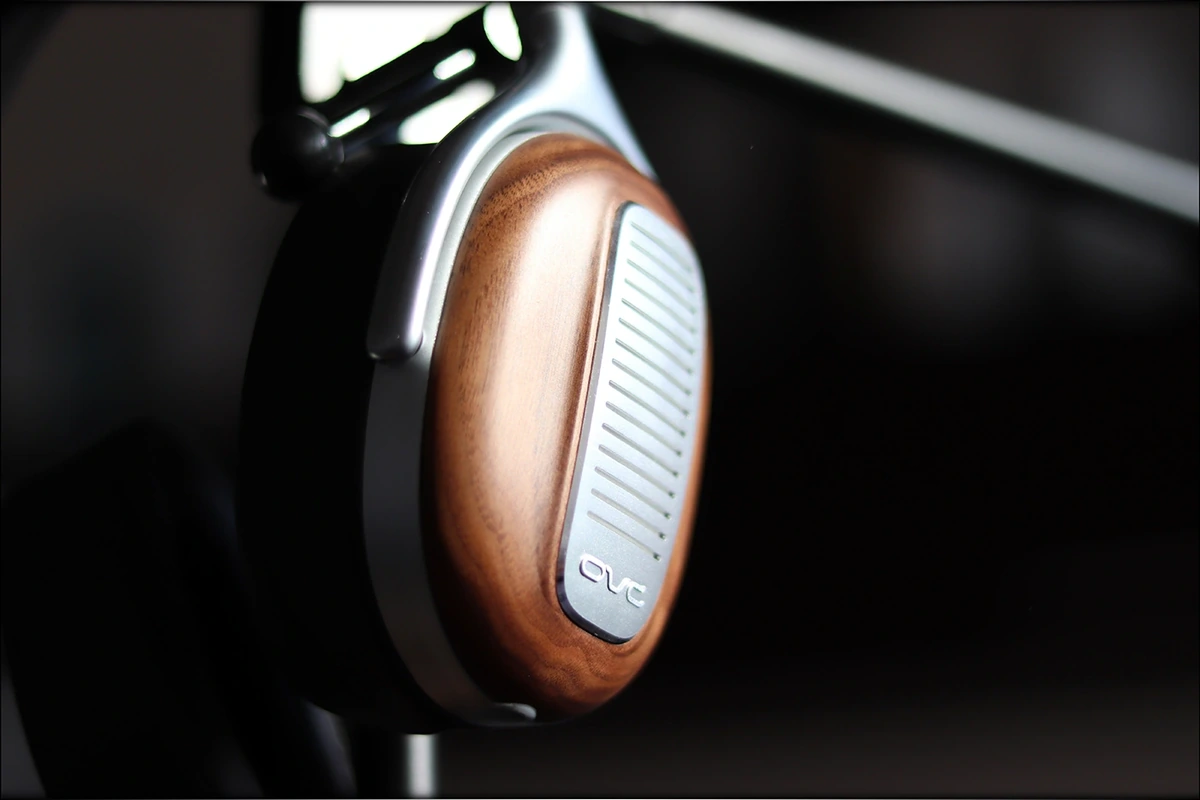
When it comes to walking while wearing them, you really need to take into account that they are the comfy – slightly loose kind of headphone. They won’t fall off your head if you move around, or even if you change your position, but if you make a sudden movement, they may fall, so I can’t recommend the OVC Headphone for jogging or for running, and they are okay for light walks, but you won’t be able to headbang while wearing them, that’s for sure.
Overall, as long as you’re not planning on purchasing them for running or jogging, they make excellent portable headphones, and the carrying case helps with that as well, making a good solution for storing them while not in usage.
Comparisons
The Pairing part of this review will be missing because they have an amplifier inside, and most smartphones will be enough for the OVC Headphones to sound good. If anything, I’d recommend sticking with a normal source, theoretically a line out with a variable volume will be cleaner and should sound better for them, but after my tests I felt that they are intended to be used with smartphones. And for comparisons, I have chosen Meze 99 Classics, Beyerdynamic Amiron and Verum One as the main competitors for comparing the OVC Headphones.
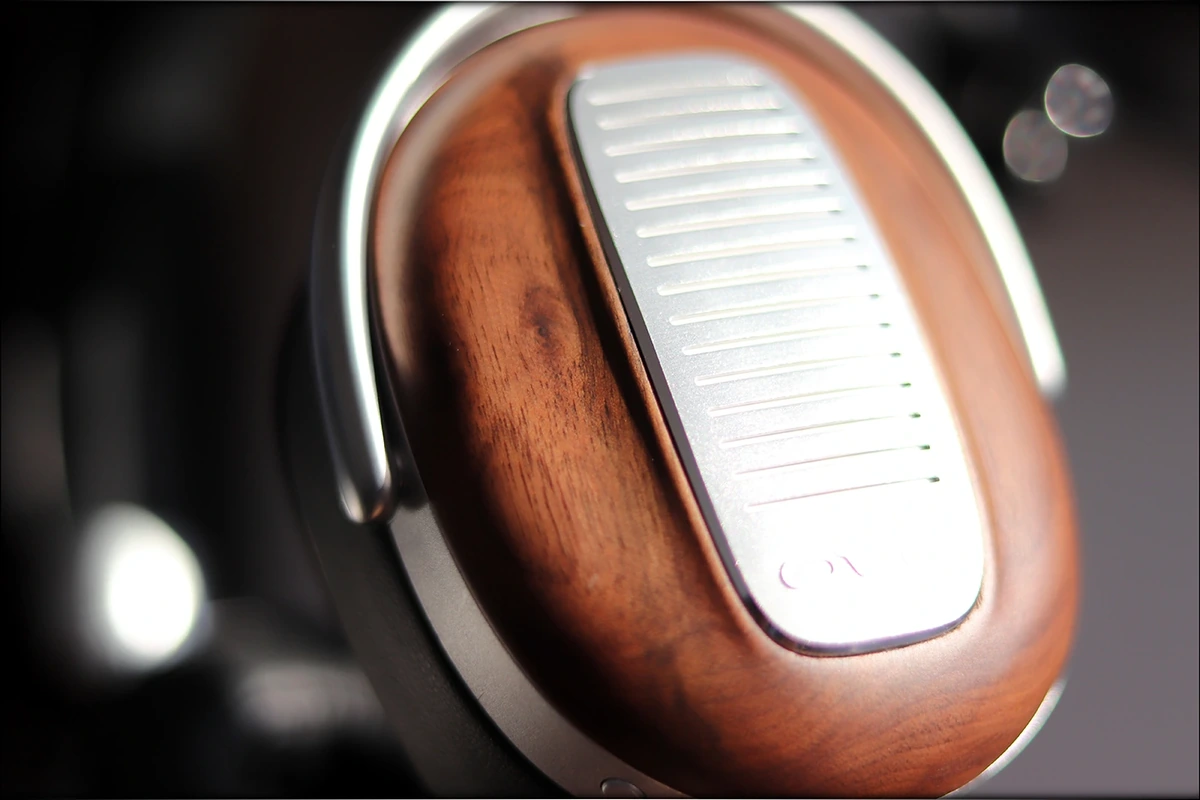
OVC Headphones vs Meze 99 Classics – Now, here’s a fun comparison, mainly because they are very direct competitors in terms of pricing. Also, both look pretty beautiful and both headphones have a nice aesthetic. When it comes to comfort, OVC has better earpads, that are softer and nicer to the touch, but 99C feels lighter and although it isn’t lighter, the way it distributes the weight on the head is better. The package is quite great for both, but the carrying case of Meze 99C is better, and having two cables with them increases the overall package value. This being said, in terms of sound, there is no comparison. I felt that 99C was not exactly worth its price, nor very good without drastic EQ. A lot of people have agreed that 99C sounds better with EQ and that the roll off in the treble, and the very boomy bass are solved by applying my EQ suggestion, which makes it hard for me to recommend 99C to anyone who isn’t willing to EQ them. This is where OVC comes with an interesting proposal, as when they have their Tube function engaged, they sound even better than 99C sounds with EQ engaged, more vivid, more punchy, more musical. This being said, the overall tuning is similar to what I did when applying EQ to 99C, which sounded fairly musical, slightly V-Shaped, yet pretty punchy. If you don’t want to deal with EQ, and if you want a better sound, the OVC Headphones surely deliver, while if you want the aesthetics and design of Meze 99C, they are a bit more comfortable and feel lighter, although the weight is more or less the same.
OVC Headphones vs Beyerdynamic Amiron – Amiron is actually considerably more comfortable than OVC, and also considerably more expensive, almost twice the price of the OVC Headphones. Amiron also is considerably harder to drive, and needs a much more beefy source to sound good. The sound of Amiron is much lighter, more snappy, more wide and airy, but the OVC is more musical actually, more juicy and more playful. Amiron has better detail and definition for sure, but the OVC feels like they are more tuned for fun, and this makes me want to do an EQ for Amiron to become a touch more playful, but keep in mind that Amiron does not respond very well to EQ. Both headphones have a higher impedance, but there are some major differences, especially in terms of the upper midrange and lower treble presentation. The treble Peak of Amiron is much sharper and has a more mature feeling, they sound better defined, and more detailed, but OVC manages to have the peak tuned to sound sweeter and more playful, female voices surely sound more musical on OVC. Of course, a big point of Amiron is to connect it to a proper OTL Amplifier like the Feliks Echo which will surely make them sound sweet and musical, but by the time you’re doing that, the entire setup costs about 1000 USD, while using the OVC Headphones costs you about 300 USD, and this is a big part of the inteded usage of OVC, they are designed to have the sweet sound of a good tube amplifier connected to a good headphone, but with the detail levels and portability of a 300 USD Headphone, making it quite appealing to the music lover who’s on the go and who can’t take a more complex setup with them. If you want a mature, wide sounding and airy headphone , and if you have the means to drive it, Amiron is still a top choice in the 500 USD price range, but if you want something that is more musical, juicy, simpler to use and drive, and something that has a very playful sound, the OVC Headphones make a very interesting offer.
OVC Headphones vs Verum One – Now, I was hoping it was clear from my verum One review that I loved them quite a lot, and that I found them to be quite excellent. I also compared Verum One versus the OVC Headphones, both driven from the same source, so I can do this part of the review. Now, I want to insist on this, Verum One will be a bit more comfortable, but they are heavier than the OVC Headphones. Verum One feels more expensive and better built. But one thing to really keep in mind about them is that Verum One is really really not fit for outdoors usage, you really will be using them indoors, and there is no point to even consider them if you want a pair of outdoor headphones. Now, the sound, is a funny part. Driven from the same source, Verum One gets louder easier, and generally sounds more punchy, more controlled, more meaty, and similarly musical when compared to OVC. But one area where OVC wins is in the upper midrange, where violins, female voices, and emotion in general is. There is a clear emphasis on the OVC that makes them much more emotional and sweet, more juicy, without being warmer or thicker. In fact, Verum One is thicker and more lush than OVC, the OVC just has that emphasis that feels and sounds extremely pleasing when you get a track where you want everything to sound musical and sweet. This being said, you can always use a very good source with Verum One, and they’ll be more detailed, more punchy, go lower in the bass, more controlled than the OVC, but this is the point, the OVC Tube Headphones were designed for a simpler usage, with a smartphone, where Verum One is a full blown desktop headphone that should be used with a proper amplifier, despite being easy to drive and easy to get loud, and even easier than the OVC Headphone.
Value and Conclusion
The value of the OVC Headphones is undeniably a pretty good one, not because they have a very complex package, but because they do come with something new, the idea and the sound of a Tube Amplifier paired with a pretty good Headphone, both at the portability levels and convenience, but also the detail levels of a 300 USD Headphone.
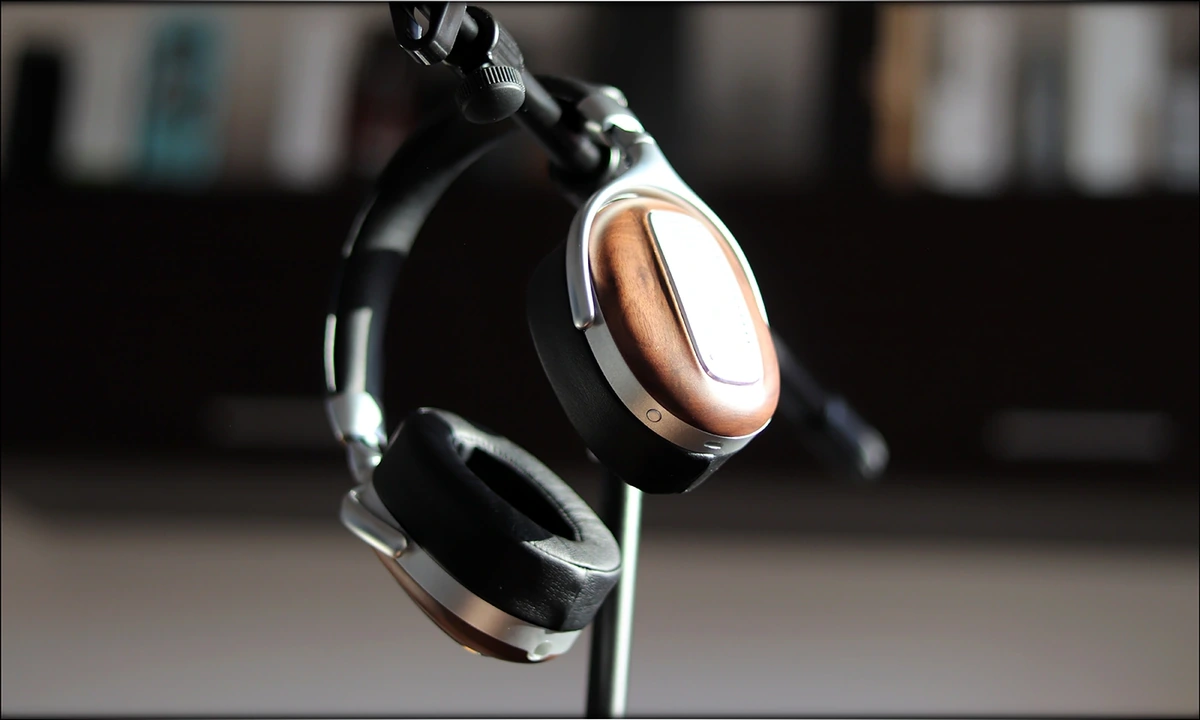
There is no package to talk about quite yet, as the official package has not yet been released, but we’re all waiting and hoping that the package of the OVC Headphone will be one worthy of their very interesting design.
Starting with the build quality, they are made to be fairly solid, although they are the more comfy type, with softer earpads and lighter weight, but also with a lighter clamping force, being a fairly good headphone for walking or listening while at home, but not a headphone for jogging or running. They get a bit warm when the Tube feature is turned on, but they don’t get hot, as if there was an actual full-sized Tube inside. There is a bit of microphonic noise present, but usually it is too low to be a bother. The headband could use a bit more padding, but they are light enough for this not to be an issue. Overall, they feel adequate in terms of comfort and there is very little I’d want to have been better with them.
The sound is quite unique, slightly V-Shaped, juicy, musical, with a fair soundstage, fair amount of details and pretty musical midrange, especially with a natural overall tonality, making them sound like a Meze 99 Classics, after I applied my own EQ to them, and even better than that, which is actually impressive for 300 USD, which is the price range the OVC Headphones are selling for.
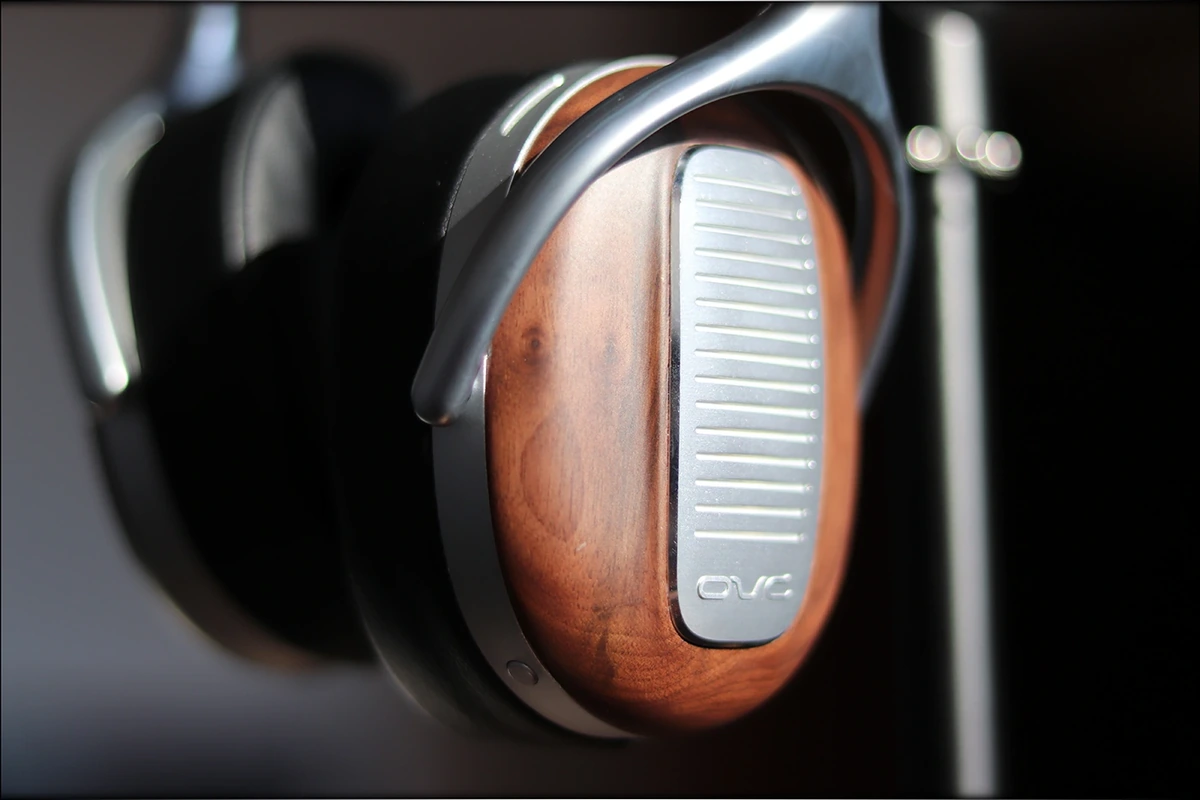
At the end of this review, if you’re looking for sweet, juicy sounding headphones for 300 USD, which has the magic of a Tube AMP embedded in the headphone, along with a good amount of comfort, and with a pretty cool aesthetic, you should check out the OVC Tube Headphones, which I’m sure will reach the heart of many music lovers across the world.
--- Please remember to stay safe, and always have fun while listening to music!---
- If you have a dime to spare, please donate, and help us! It would make the day brighter for me and my wife-
Full Playlist used for this review
We listened to more songs than those named in this playlist, but those are excellent for identifying a sonic signature. I recommend trying most of the songs from this playlist, especially if you’re searching for new music! The playlists are different for Spotify, Tidal and Youtube, and based on the songs I enjoy and are available on each!
https://www.youtube.com/playlist?list=PL_cjBXGmwSHSdGcwuc_bKbBDGHL4QvYBu
https://open.spotify.com/playlist/5J3oloz8Riy9LxEGenOjQ0?si=979ba4f082414be7
https://tidal.com/browse/playlist/330fd544-8e5b-4839-bd35-676b2edbb3d5
--- Contact Us ---






Excellent review, wondering if those will be available for purchase soon?